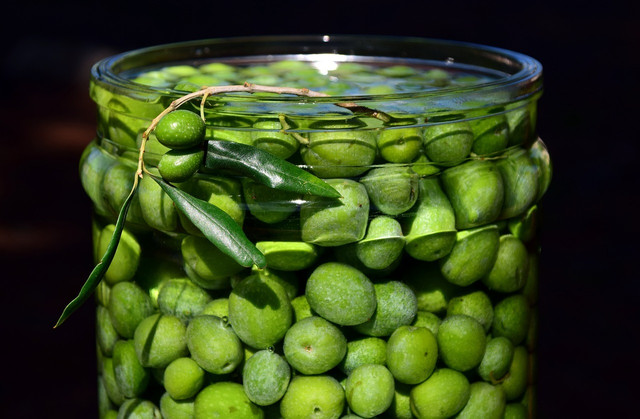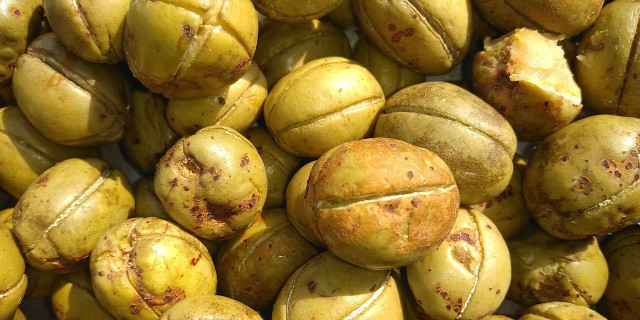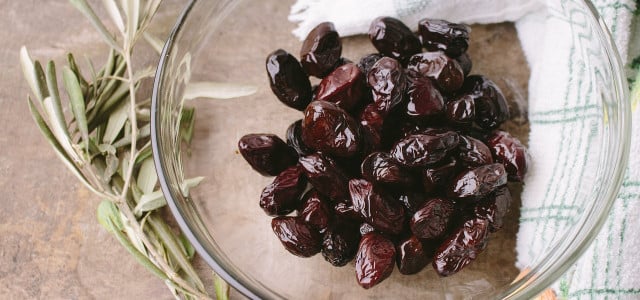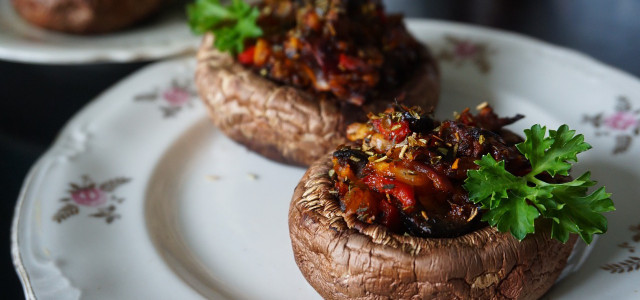Do you know how to preserve olives for maximum flavor? Here’s a step-to-step guide to preserving olives and some general tips and tricks for storing olives at home.
Olive trees are a nice addition to your home, either potted on your balcony or planted in your yard — they thrive outdoors. Keeping them at home lets you harvest and preserve your own olives. In turn, knowing how to preserve olives allows you to cook delicious Mediterranean dishes and always have a salty, healthy appetizer on hand. Did you know that olives have lots of benefits for your health and wellness?
If you are generally interested in preserving produce, check out this article on keeping fruits and vegetables fresh for longer and this egg wash recipe to preserve fruits and vegetables.
How to Preserve Olives With Water Curing

There are many different methods of preserving olives. We’ll show you how to preserve olives easily using water-curing. Before curing the olives, you need to prepare and select them properly.
First, wash them thoroughly. Then crack or slice them, depending on how you want to preserve them. Next comes the bringing process.
Instructions:
- Place prepared olives in a pan or and cover them with cold water. Let them sit for a week. Change water twice a day.
- Once the olives are no longer bitter, place them in brine.
- To make the brine, combine one part salt with ten parts water and pour your olives into the solution.
- Weigh the olives down with a plate and let them sit for one week.
- Drain and repeat the process for another week.
- Do this for a third time, bringing the olives for one month in total.
After this procedure is done, you can remove the pits from the olives. Next, mix up a similar brine, adding vinegar, herbs and spices. This extra brine is important because it helps the olives to preserve their natural look and taste over time. You can play around with the ingredients — we recommend using rosemary, parsley, bay leaves or lemon peel.
When it comes to spices and vinegar, choose deep and nutty flavors like black peppercorns or sherry vinegar. The brine should have a ratio of 2/3 vinegar to 1/3 water to be acidic enough. Add olives to a jar and fill it with brine. If you want to add extra flavor to your olives, stuff them with your favorite fillings, such as jalapeños, cashew cream cheese, almonds, or chili. Once your olives are cured and stuffed, you can refrigerate them for up to one year.
Tips For Preserving Olives



To preserve olives as smoothly as possible, consider the following tips:
- Make sure that the olives are fresh, hard, and unbruised.
- Use clean utensils. Stay away from utensils that might evoke a chemical reaction like copper, brass, iron, or galvanized appliances. They could taint the flavor.
- Clean jars and lids before storing anything in them.
- Fill jars evenly and ensure that the olives are completely submerged in the brine. Otherwise, they might turn brown, soft, and taste moldy.
- Wipe the rims of your jars so the seals can be tightened properly.
Read more:
- What Is Freeze Drying & Is It Sustainable?
- Storing Potatoes: 8 Tips to Keep Them Fresh for Months
- Pickling vs. Fermenting: What’s the Difference?
Do you like this post?







